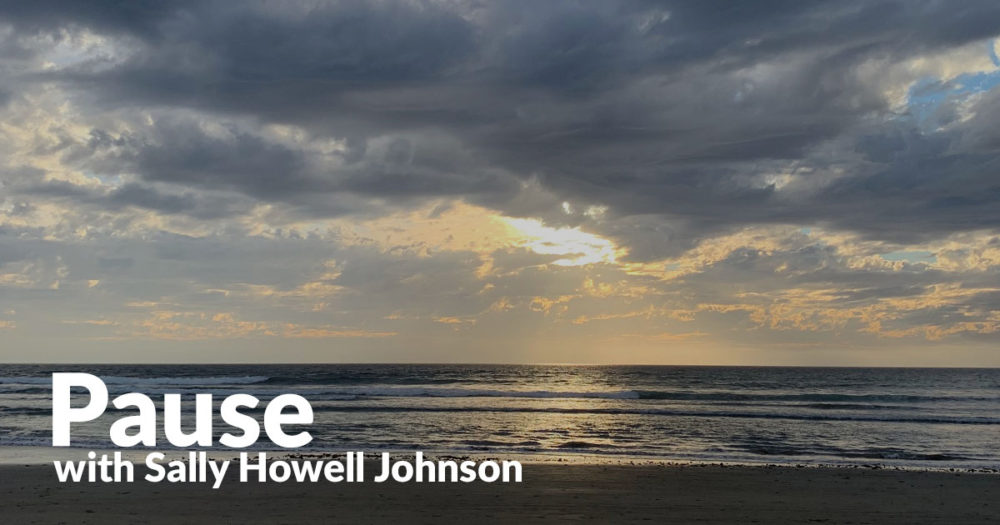For most of my life, I have been surrounded by preachers. As a child there was always at least one preacher I saw weekly from my vantage point nestled in our family pew on a Sunday morning. My mother was stationed at one end, my father at the other, while my brothers and I lined up between them, parallel flood walls to stave off any wiggling or behavior that might not be perceived as worthy of worship. I knew others, those in our town who were more demonstrative, more emotional, at churches we did not attend, perhaps even were skeptical of.
In seminary I was once again surrounded by preachers. Most of my professors had, at one time served a church as a minister, before moving into the academic world. Here they taught and trained those who saw their lives being lived out in the church. Most of my classmates also wanted to be preachers,believed themselves to be called to unpack the scriptures for people, offering the good news as they understood it. Being more of a storyteller and writer,I never completely saw myself in the same category but I was drawn to how this preaching stuff happens, the great power it can hold, the slippery slope of responsibility it can be.
Over my lifetime I have heard what I would call excellent preachers. They have been inspiring, creating a blanket of words that brought both comfort and challenge. I have also heard great storytellers, those who for my money, paint a picture of the movement of God that has me saying “Sign me up! I want what you are talking about.” I have also heard what I would describe as less than compelling preaching. Words and thoughts ramble. There is no thread for me to grab onto and hold while I ride the twenty minutes or so with this person. The caretaker in me is made anxious by this experience.
A few times I have also been present to a preacher who seems, at least to me, to be furthering some personal agenda. Sometimes they seem to be carrying an ax to grind about an issue or experience that seems more their own, one they are simply working out in the presence of a large group of people. Rather than that message of the good news most people hope to hear when they arrive at church, I can feel held captive by this preacher’s words. I feel manipulated.
A couple of Sundays ago I attended a church not my own. I was welcomed well and settled into my pew. I knew what to expect. I knew the hymns, the scripture, how things would work. I was not expecting anything particularly great to happen, no preaching that would knock my socks off or challenge me in any particular way. In some ways, my presence was the kind of obligation that can nag those of us who have made church their life.
But the preaching of that morning was not delivered with words. Nor was it delivered by the preacher in the pulpit whose words mostly bounced off me like so many ping pong balls. Instead,the preaching came from the gentle, quiet movements of the lay leader whose role was to make announcements and lead the congregation in everything besides the sermon. I watched as she helped one of the older gentlemen who had been trying to light the candles that flanked the altar. His unsteady hands quivered as he tried to reach the wicks that may have once been easy for him but in his unsteadiness he could no longer safely do. She guided his hands to do a task that had at one time been a simple gesture of preparing for worship. She helped him do the work he wanted to do. My heart was warmed.
But her preaching for the morning didn’t stop at candle lighting. Just as the minister was about to begin his morning sermon, this same man came walking out of the choir loft, saying something I could not hear. But the lay leader did and she once again gently guided him down the side stairs without making a fuss, helping him go wherever he needed to go. As her kindness and presence moved through the worship space, I was reminded of the words of St. Francis: “Preach the gospel at all times. If necessary, use words.”
And so it was. And so it was.






